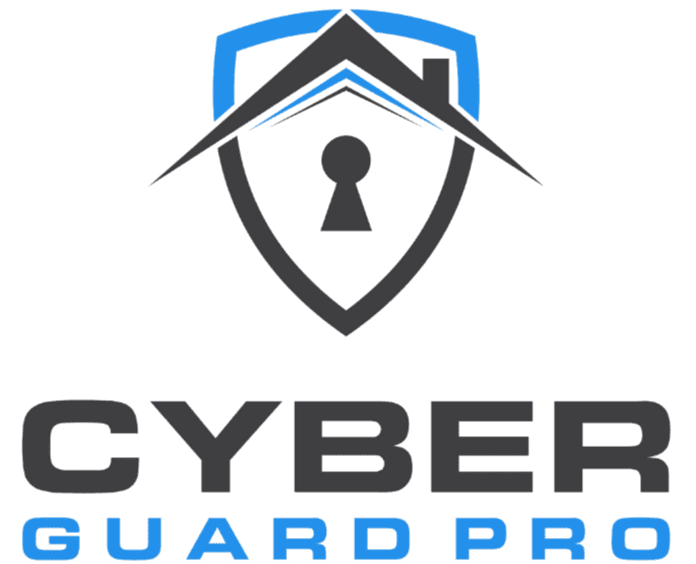
OT Cybersecurity Services

Operational Technology (OT) Cybersecurity focuses on securing the hardware, software, and networks that manage and control physical processes within industrial environments. Unlike traditional Information Technology (IT), which deals primarily with data and communication systems, OT environments control critical infrastructure such as power grids, water treatment plants, manufacturing lines, and transportation systems. These systems require specialized security strategies to ensure safety, reliability, and continuity.
Why OT Cybersecurity Is Critical
Safety
Cyberattacks on OT systems can cause severe physical consequences, including equipment failure, environmental damage, and threats to human life. Protecting these systems is essential to maintaining operational and public safety.
Reliability
Downtime in OT systems can result in halted production, disrupted public services, or failure of essential infrastructure. A robust OT cybersecurity posture helps maintain uninterrupted operations and system reliability.
System Integrity
Preventing unauthorized modifications to industrial control systems is essential to maintaining process consistency and preventing accidents or sabotage.
Business Continuity
Cyber incidents in OT environments can lead to financial loss, compliance violations, and reputational damage. OT cybersecurity helps mitigate these risks and supports long-term operational resilience.
Key Differences Between IT and OT Cybersecurity
- Focus on Availability: While IT cybersecurity emphasizes data confidentiality, OT cybersecurity prioritizes system availability and real-time performance.
- Legacy Infrastructure: OT systems often rely on older, proprietary hardware and software that may not support modern security measures.
- Operational Continuity: OT systems are designed for continuous operation; unplanned downtime is unacceptable and can result in significant damage.
- Security Approach: IT environments typically rely on perimeter-based defenses, while OT environments require layered, adaptive security due to their complexity and critical nature.
Core Components of Our OT Cybersecurity Services
Asset Visibility and Inventory Management
We identify, classify, and monitor all OT assets, ensuring full visibility into your industrial environment. This foundational step reduces blind spots and supports informed security decision-making.
Network Segmentation
Our team designs and implements segmented network architectures to isolate OT systems from IT systems and prevent lateral movement of malware or unauthorized access.
Access Control
We enforce strict user access policies using principles of least privilege and multi-factor authentication, protecting sensitive systems from unauthorized use.
Monitoring and Threat Detection
We deploy OT-specific monitoring tools to detect suspicious activity and potential threats in real time. These tools are tailored to industrial protocols and operations to ensure accuracy and effectiveness.
Incident Response Planning
We develop and implement incident response plans specific to OT environments. These plans include threat containment procedures, root cause analysis, and recovery protocols to minimize disruption and ensure quick restoration of services.
Vendor Management
We help organizations assess the cybersecurity practices of third-party vendors that interact with OT systems. This includes reviewing vendor compliance, evaluating risk, and establishing secure integration practices.
Regulatory Compliance Support
We assist clients in meeting industry-specific cybersecurity regulations and standards, such as:
- NERC CIP for the energy sector
- NIS2 Directive for the European Union
- SOCI Act for Australian critical infrastructure
We also help organizations align their programs with widely recognized frameworks like IEC 62443 and the NIST Cybersecurity Framework.
Tools and Technologies
- OT-Native Security Solutions: These include platforms designed specifically for SCADA, DCS, and PLC systems.
- Security Information and Event Management (SIEM): Centralizes and correlates data from both OT and IT environments for improved situational awareness.
- Endpoint Detection and Response (EDR): Tailored EDR tools monitor and protect endpoints within the OT environment.
- Zero Trust Architecture: We implement a Zero Trust model for OT, validating every user and device before granting access to the network or system resources.
Our Methodology
- Assessment: We perform a comprehensive audit of your OT environment, identifying vulnerabilities and mapping all assets.
- Strategy Development: Based on the assessment, we design a tailored cybersecurity roadmap that aligns with operational and regulatory needs.
- Implementation: We deploy controls, tools, and monitoring systems with minimal impact on existing operations.
- Training: We provide training to engineers, operators, and stakeholders to promote security awareness and response readiness.
- Ongoing Support: We offer continuous monitoring, threat detection, and support to maintain and evolve your cybersecurity program over time.
Conclusion
OT cybersecurity is no longer optional—it is a business imperative. As industrial systems become more connected, the risk of cyberattacks grows. Our OT Cybersecurity Services provide the specialized expertise, tools, and support needed to secure your operational infrastructure and safeguard your critical processes.
Contact Us
To learn more or request an OT cybersecurity consultation, please contact our team. We are ready to help you assess your current posture and build a resilient future.
Contact Us
Get in Touch
Ready to secure your digital world? Contact us today to learn more about our comprehensive cybersecurity solutions and how we can help protect your business or personal devices.
